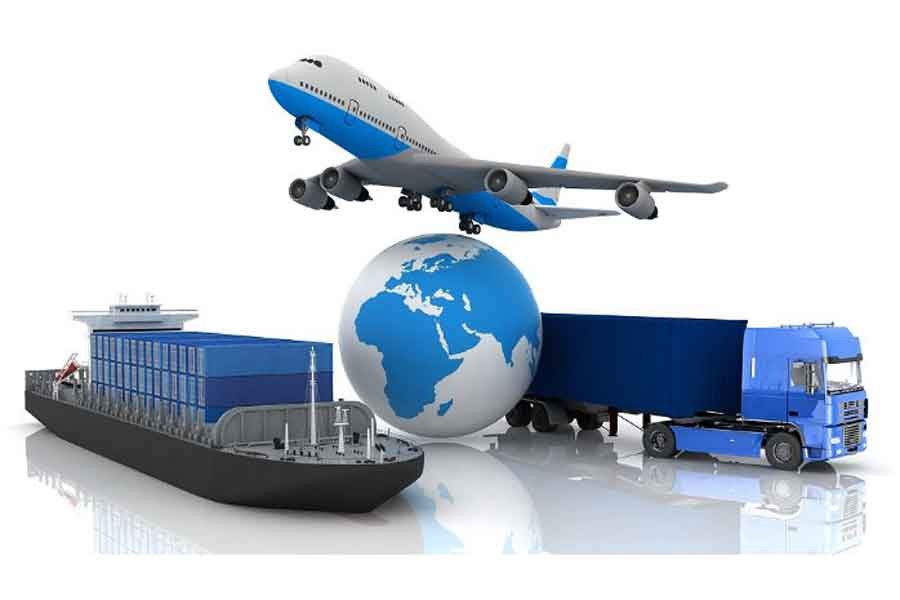With Western donors going for belt-tightening in the field of overseas aid for their practical reasons, it is urgent for Bangladesh to look for effective ways to boost its export earnings. But the country's trade deficit has worryingly been yawning. Since fiscal 2012-13, the deficit has been hovering around $6.0 billion. And in fiscal 2016-17, it made a 47 per cent year-on-year jump on the back of a wide mismatch between the rate of export growth and that of import.
Bangladesh is now craving for coming out of the group of the least developed countries (LDCs) by the year, 2024. Once the country graduates, it could lose special status in its existing trading arrangements, if it does not successfully negotiates its position with key trading partners such as the European Union (EU) in order to retain benefits for another three years. So, Bangladesh has to keep in mind the non-LDC status during the multilateral trade negotiations. It is critically important for it to put forward proposals related to special and differential provisions, technical support and aid for trade.
The global economy is now witnessing many striking changes in the midst of a growing anti-current to erstwhile globalisation process, threatening the rule-based multilaterism. The world trade has slowed over the last few years, though trade growth in the Asian region has been robust. The developing world is now emerging as the driving force; the global trade is taking place between and among the developing countries, specifically in Asian markets. The international capital and services are getting concentrated, to a large extent, in the Asian region. Being located in Asia, Bangladesh has the potential of becoming more pro-active on the international trade front. This South Asian country should not look only to the World Trade Organisation (WTO). It should also endeavour at making the best out of the offers from different countries and also other regional trade blocs. China, to cite here an example, has offered Bangladesh duty benefits for about 5,000 products. It needs to explore likewise new business opportunities with the Asean (Association of South East Asian Nations) countries, the BCIM (Bangladesh, China, India and Myanmar) corridor and the European Union (EU). Bangladesh should appoint commercial counsellors having skills in areas that hold great promise for more exports.
In fact, Bangladesh should get rid of the duty-free and quota-free obsession. The country's emerging private sector should be allowed to play a vital role in greater regional integration for more intra-regional trade in South Asia. The volume of trade among the eight members of South Asian Association for Regional Cooperation (Saarc) is, as of now, at one of the lowest levels among the regional trading blocs in different parts of the world.
Unfortunately, the South Asia Free Trade Agreement (Safta) is the least used platform for regional trade because of the unwillingness of political leaders in South Asia. This is, to call a spade a spade, largely an ineffective regional trading arrangement, if not a non-starter in practical terms. Despite having potential, trade among the Saarc nations is low for poor connectivity in roads, railways and waterways, in addition to lack of common political commitment of its member-countries. Most of the barriers to trade are manmade in this region and those should be resolved through discussions as far as possible.


